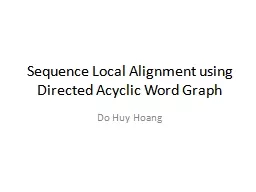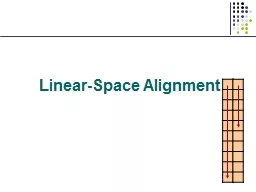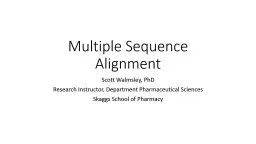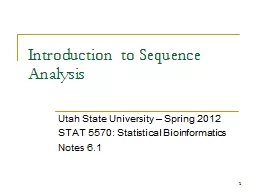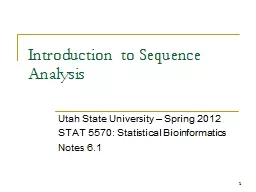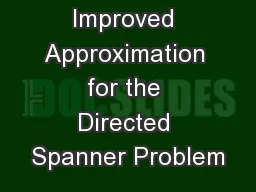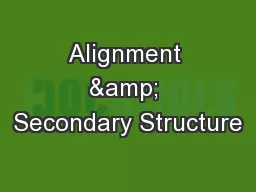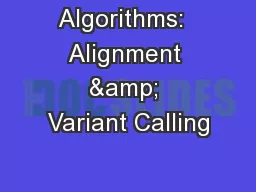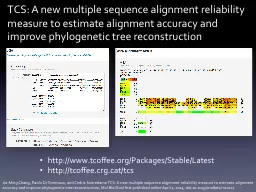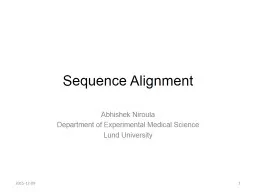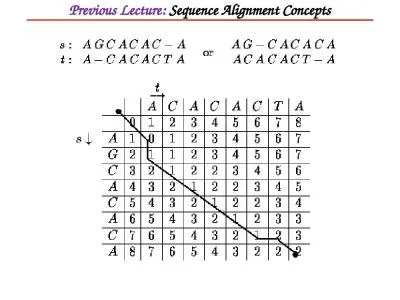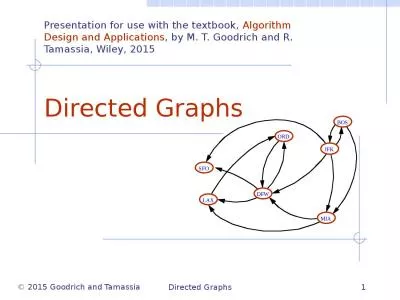PPT-Sequence Local Alignment using Directed Acyclic Word Graph
Author : min-jolicoeur | Published Date : 2017-03-15
Do Huy Hoang Sequence Alignment Sequence Similarity Alignment Arrange DNAProtein sequences to show the similarity denotes the insertiondeletion event Other variations
Presentation Embed Code
Download Presentation
Download Presentation The PPT/PDF document "Sequence Local Alignment using Directed ..." is the property of its rightful owner. Permission is granted to download and print the materials on this website for personal, non-commercial use only, and to display it on your personal computer provided you do not modify the materials and that you retain all copyright notices contained in the materials. By downloading content from our website, you accept the terms of this agreement.
Sequence Local Alignment using Directed Acyclic Word Graph: Transcript
Download Rules Of Document
"Sequence Local Alignment using Directed Acyclic Word Graph"The content belongs to its owner. You may download and print it for personal use, without modification, and keep all copyright notices. By downloading, you agree to these terms.
Related Documents

